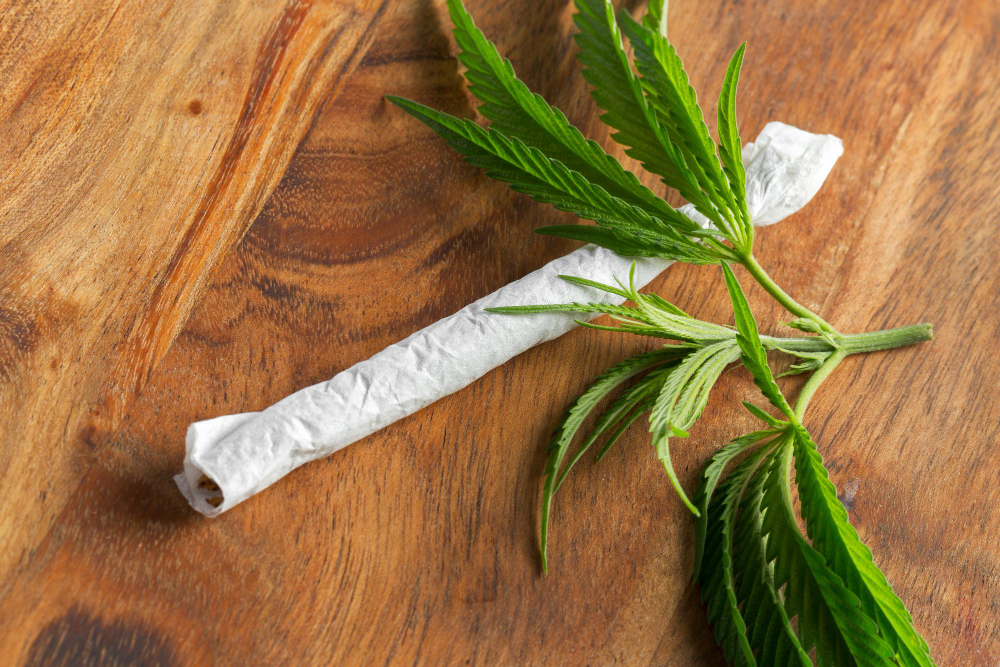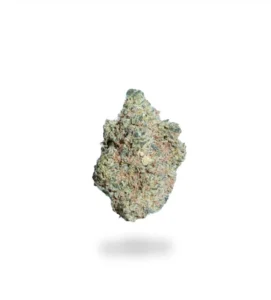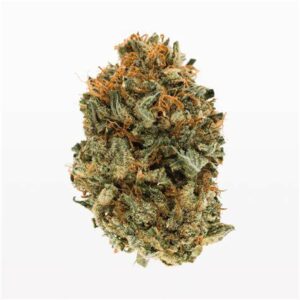Imagine that trippy moment when we lovingly gazed at our joints and asked ourselves how did it all start? This little bundle of jo(y)int has our eternal happiness attached. So,let’s get rolling and know its origin.
So smoking marijuana has been a common phenomenon for more than a thousand years but the joint was created much later. And before the joint was introduced, the rolling papers were out. Back in the 14th-century people used to smoke their tobacco using leaves and other organic alternatives. And we have to hand it to Christopher Columbus for discovering that. This led to Europe adopting it and Cigars eventually became the go-to option by the aristocrats. The cigar buds or ends were thrown out on the streets. As the end of the Italian War approached, the exchange of champagne and thin papers led to the creation of rolling papers.
What was this exchange?
Around 1553 when the French returned from Spain, Alexandro Rizlette de Cramptone Lacroix brought back these “thin papers” from Spain on traded them with a champagne bottle. It is believed that once these papers were brought to France, they were replicated in 1660. And that was it, the first-ever, pseudo pioneering rolling paper.
What followed was manufacturing processes carried out in France and Spain. The rage came with an innovative design that led to the advent of interlacing papers. This led to the emergence of a major rolling paper company in France. Still, the major papermaking industry had its domination in Spain.
And then came cannabis…
Trading was at its peak during those times and with the industrialization of hemp, Cannabis was a common product regardless of the trade route. It was through Mexico, in the 17th century that North America was introduced to cannabis. It was only in the late 1600s that Mexico started cultivating it. Mexicans originally cultivated and consumed it for therapeutic and spiritual purposes. The paper industry biggie, Spain also had its major control over the tobacco trade. According to records in the University of Guadalajara, dating back to 1856-while Spainwas competing with the French rolling paper industry in the early 1800s, the Mexicans were the first ones to mix cannabis and tobacco.
In the early 1900s, cannabis was regarded as medication, tinctures, oils, and medicine. Apart from that, joints were also introduced under the same category. And then came the normal usage of joints during creative scenarios. And that led to a major prevalence of cannabis cultivation throughout North America. And this led to the emergence of the ganja geeks, hippies, and artists banking on cannabis.
Throughout the ‘80s the pop culture lifestyle was incomplete without puffing on a joint. Cannabis had become a way of life. And this is reflected in the 90s in Canada with more doobies than ever. The highest amount of consumption rate was among 18 to 29-year-olds. With this mainstream use of cannabis, came drug-related offences. But the therapeutic benefits of cannabis could not be ignored. Canadians fought the battle of advocacy for cannabis in 2001. And this led to the government giving access to people to use cannabis for medical purposes.

In 2003 and 2004, Canada, due to immense political pressure and grassroots advocacy, attempted to pass the decriminalization plans but it was in vain. Finally, Justin Trudeau 2018 came up with an agenda—cannabis legalization in the parliament. And by the same year in October, Canada became the first G8 country and the second nation in the world, on a federal level, to legalize cannabis.
This day is celebrated each year on October 17. For the love of joints, history has been one exciting joyride.




